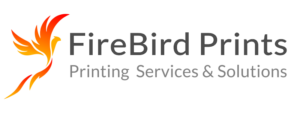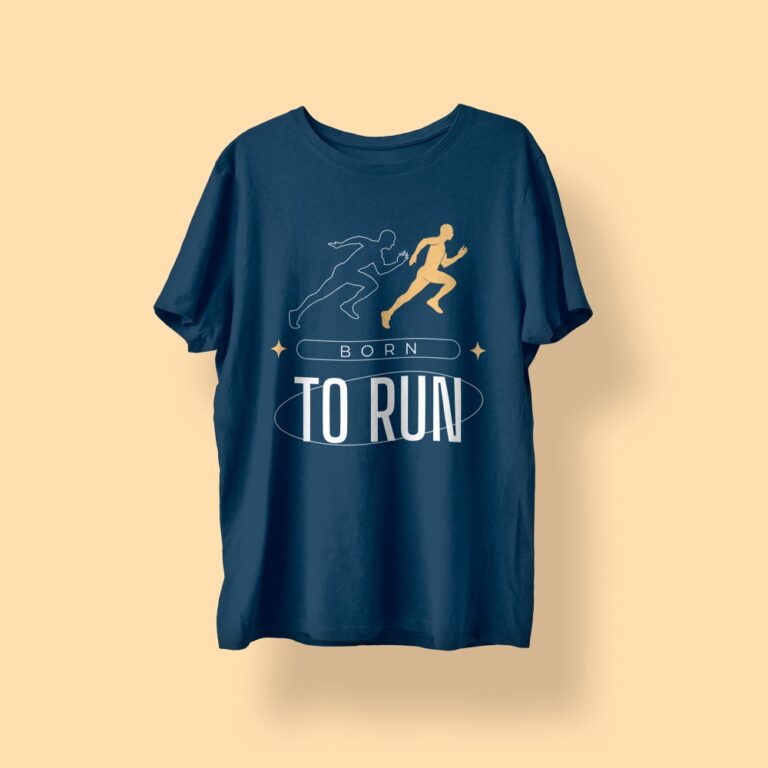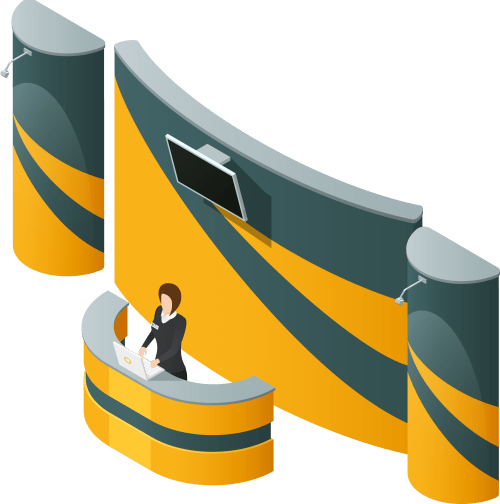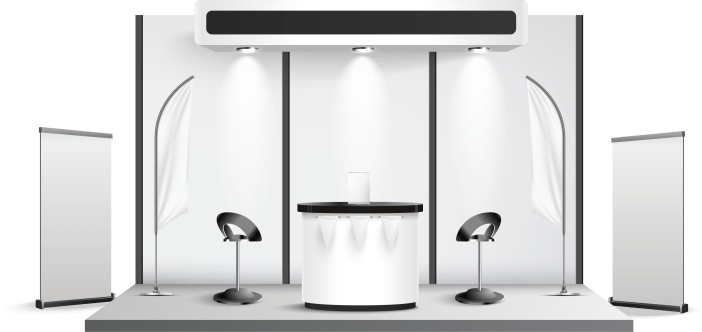Printing Techniques – Printing has come a long way since the days of the Gutenberg press.
Today, we have various printing methods at our disposal, each with its strengths and weaknesses.
Choosing the right type of printing for your project depends on several factors, such as the desired outcome, quantity, budget, and material.
We would like to introduce some of the most common printing techniques in this post.


Digital Printing
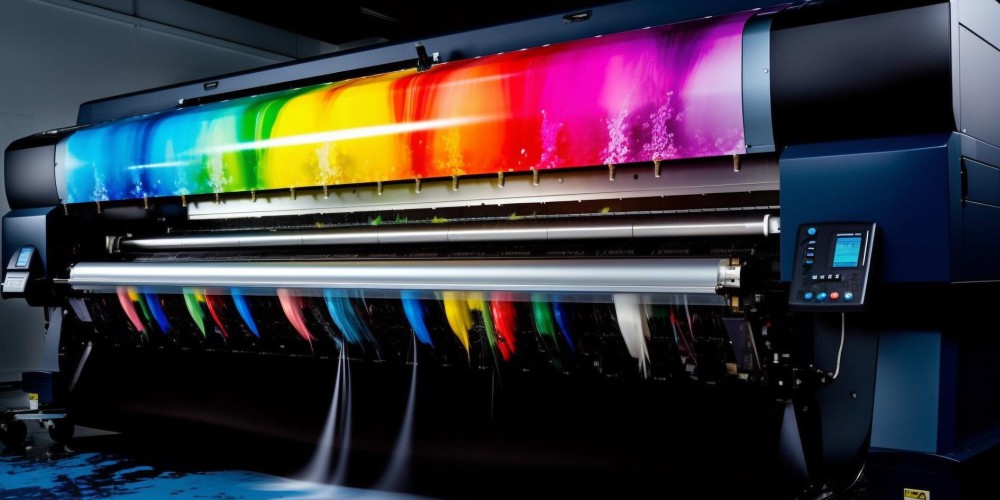

This modern method is known for its speed, versatility, and cost-effectiveness for smaller print runs.
It uses digital files to directly send images to the printer, eliminating the need for printing plates.


Inkjet Printing
Tiny droplets of ink are sprayed onto the surface, creating high-quality prints for photos and graphics.
Inkjet printers are a popular choice for home and office use, offering excellent quality for everyday tasks like printing photos, brochures, and presentations.
They come in two main varieties: dye-based inks, which produce vibrant colors ideal for photos and graphics, and pigment-based inks, which are more water-resistant and fade-resistant, making them a better choice for documents and presentations that need to last.
Laser printing
Uses a laser beam to create an electrostatic image on a drum, which then attracts toner powder to be transferred onto the paper.
Laser printers excel at producing crisp text and professional documents, making them ideal for high-volume printing of reports, contracts, and invoices.
They are known for their fast printing speeds, high toner yield, and sharp text quality, making them a cost-effective option for busy offices.
Traditional Printing
FireBird Prints Vancouver
These established techniques offer advantages like durability and large-scale printing
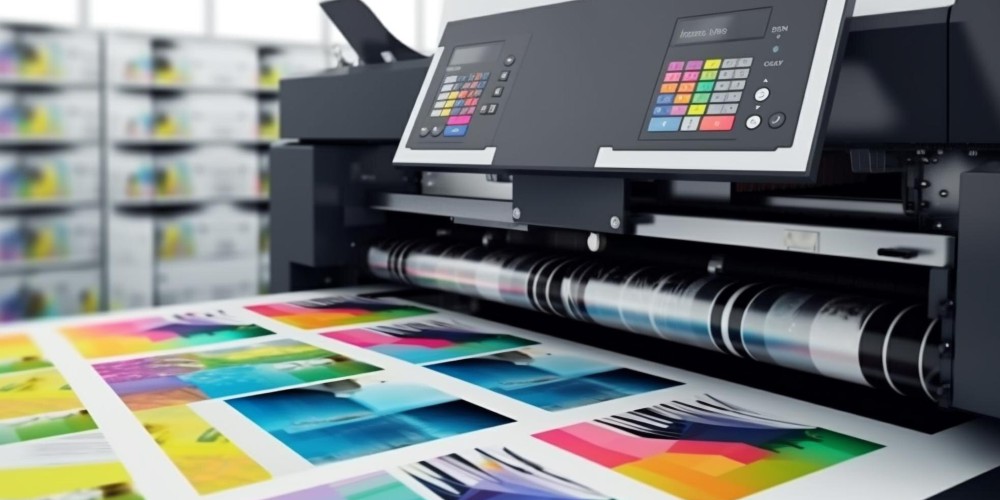

Offset Lithography
The most common commercial printing method.
It involves transferring an inked image from a plate to a rubber blanket and then onto the printing surface.
Offset lithography is known for its high-quality output, making it ideal for large-volume printing of magazines, brochures, and packaging.
It’s a versatile technique that can be used on a wide range of materials, including paper, cardboard, and metal.
Screen Printing
Ink is forced through a stencilled mesh screen, creating vibrant, detailed designs on various materials like t-shirts and posters.
Screen printing is a versatile technique that can be used on a wide range of materials, making it popular for creating custom apparel, signage, and promotional items.
It can produce thick, opaque layers of ink, creating a bold and impactful look that is not achievable with other printing methods.
Letterpress Printing
A classic technique that creates a debossed impression on the paper, adding a touch of elegance and texture to invitations and business cards.
Letterpress printing is known for its unique aesthetic and is often used for high-end stationery and wedding invitations.
The process can also be used to create blind impressions (impressions without ink) for a more subtle effect.
Specialized Printing
These innovative methods cater to specific needs
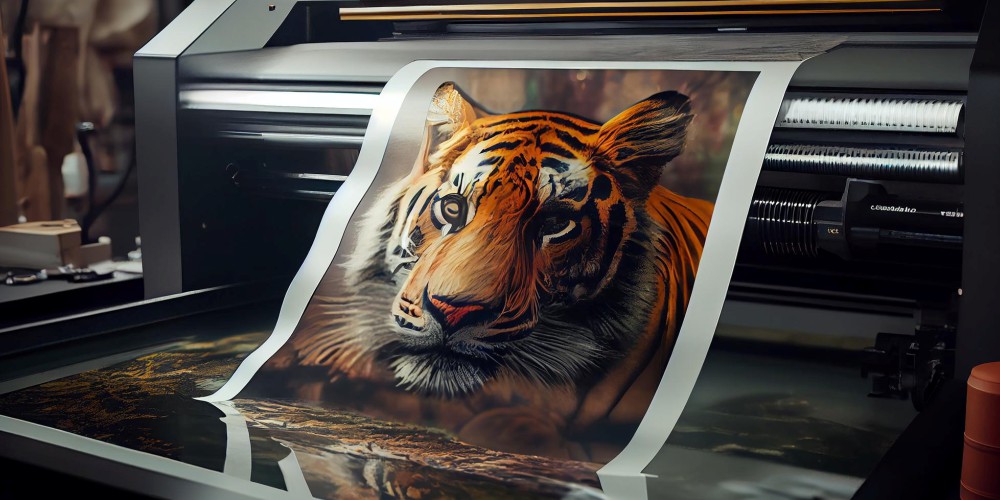



3D Printing
Creates three-dimensional objects from a digital file by layering material.
3D printing offers exciting possibilities for prototyping and product design, allowing designers and engineers to create functional models and prototypes.
3D printers can use a variety of materials, including plastic, metal, and even food, making them versatile tools for a wide range of applications.


Sublimation Printing
Dyes are transferred onto the fabric using heat, creating permanent, full-color designs for sportswear and merchandise.
Sublimation printing is a popular choice for creating custom sportswear, phone cases, and other fabric items, as it produces vibrant, long-lasting designs that won’t crack, peel, or fade over time.
Choosing the Right Type
Consider these factors when selecting a printing method


Quantity
Digital printing is better for smaller runs, while offset lithography is more cost-effective for large volumes.


Material
Certain methods work best with specific materials. For example, screen printing is ideal for fabrics, while inkjet printing excels on photo paper.


Budget
Digital printing is generally more affordable for smaller projects, while traditional methods become more cost-effective for larger quantities.


Quality
Both digital and traditional methods can produce high-quality prints. However, offset lithography is known for its exceptional detail and consistency.
Do You Need Printing Services?
Our expert team and advanced printing techniques will deliver exceptional results that will awaken your audience.
Get a quote today and experience the FireBird Prints difference!


